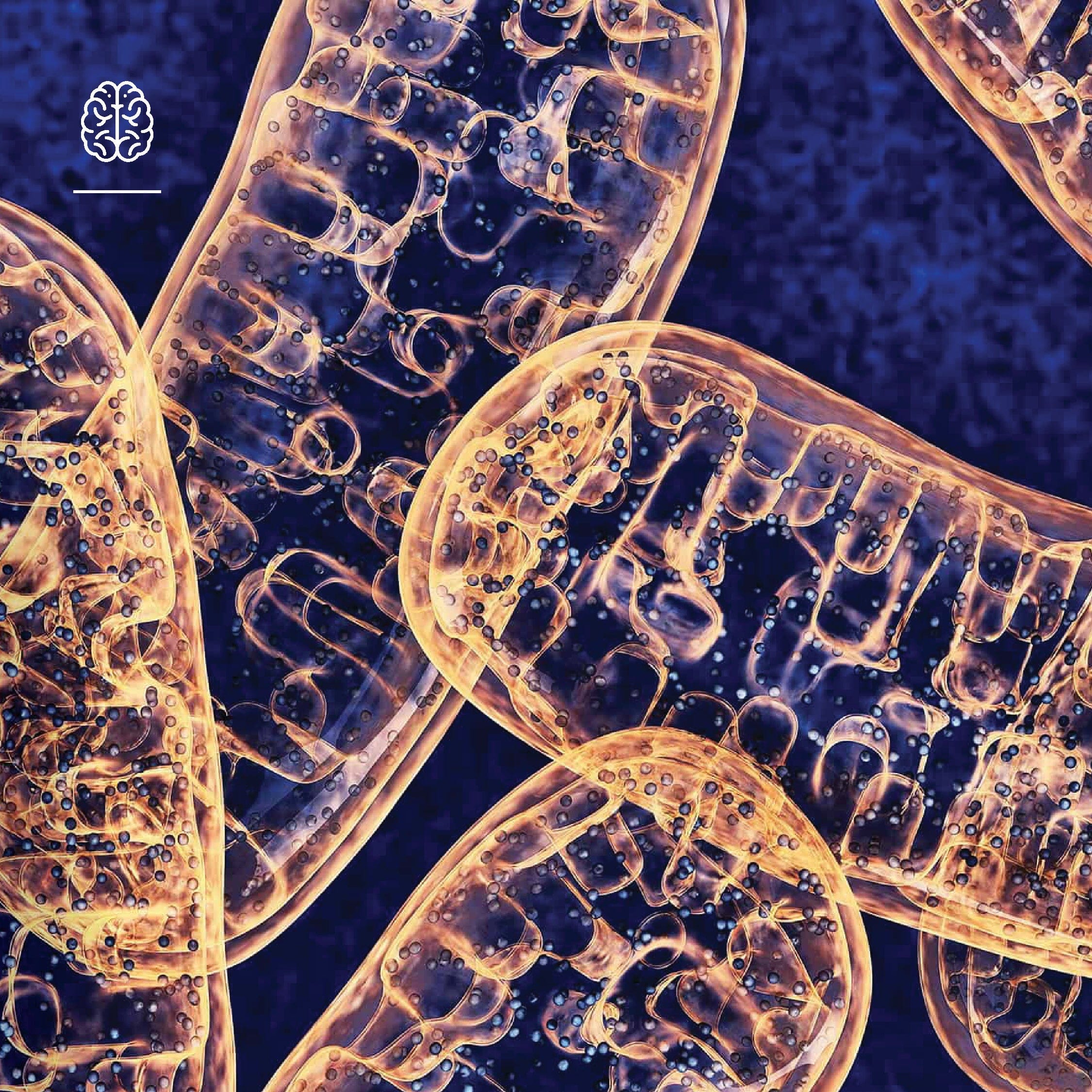Mitochondria are vital structures that are found in most cells in your body. These organelles are responsible for several functions including one of the most well-known of creating energy to power cellular activity and bodily functions. Sub-optimal, depleted, or malfunctioning mitochondria result in a variety of symptoms and health conditions.
How do we make energy?
When we eat food, our body breaks it down into proteins, carbohydrates and fats that can then be used in many physiological processes within our cells. When it comes to energy, the body must convert components of these molecules into a form it can use – namely adenosine triphosphate, or more commonly known as ATP.
This complex process occurs within the mitochondria – one of the many organelles that form part of the inner workings of your amazing cells.
Which cells contain mitochondria?
Mitochondria are found in nearly every cell in your body. They are found in abundance in cells that require the most energy to function. For example, heart muscle cells require a consistent supply of energy to perform their function. The highest concentration of mitochondria can be found in organs such as the heart, liver, brain and kidneys where there is a high level of activity. These cells contain hundreds or even thousands of mitochondria.
Structure of the mitochondria
If you were to look at mitochondria under the microscope, you would see that these tiny structures contain five main regions: the outer membrane, intermembrane space, inner membrane, cristae and matrix.
Interesting fact: due to the important role that mitochondria play, they actually have their own DNA providing genetic information only to the mitochondria.
Mitochondrial DNA is found in the matrix and this controls the enzyme function involved in the production of ATP. The creation of ATP mainly occurs in the inner membrane, where the matrix is housed.
Although often depicted as oval shaped structures, in reality these organelles are dynamic, changing from tubular to donut to blob forms, depending on the different levels chemical reactions occurring at different life stages of a cell. When your body needs more energy, mitochondria will divide and replicate to satisfy that demand. This versatility is key for cell survival and regulation of the tissues in your body[1].
The aim of this blog is to introduce the mitochondria. If you would like to know more, stay tuned for our upcoming blogs focusing on mitochondria dysfunction and aging and some helpful lifestyle and nutritional tips for improving mitochondrial health.
Suzy Walsh BBA (Hons)., BNat., mNMHNZ is a Registered Naturopath & Medical Herbalist
References:
[1] Ahmad, T., Aggarwal, K., Pattnaik, B., Mukherjee, S., Sethi, T., Tiwari, B. K., Kumar, M., Micheal, A., Mabalirajan, U., Ghosh, B., Sinha Roy, S., & Agrawal, A. (2013). Computational classification of mitochondrial shapes reflects stress and redox state. Cell Death & Disease, 4(1), e461-e461. doi: 10.1038/cddis.2012.213


![Never Grow Old - Longevity Issue [Nutrition Business Journal]](http://scienceresearchwellness.com/cdn/shop/articles/NBJ_Post_-_LinkedIn.jpg?v=1692742979&width=1500)
![Circulatory system care "vital" [NZHERALD]](http://scienceresearchwellness.com/cdn/shop/articles/SRW_-_News_Clip_-_Post_-_Cir1_-_D1_dfadc7dc-c57a-4f80-82bd-4fdb5ba5f0cd.jpg?v=1692742734&width=1500)
